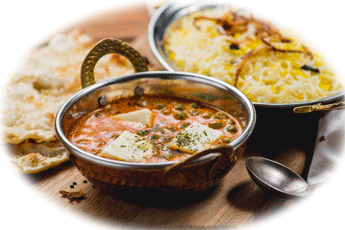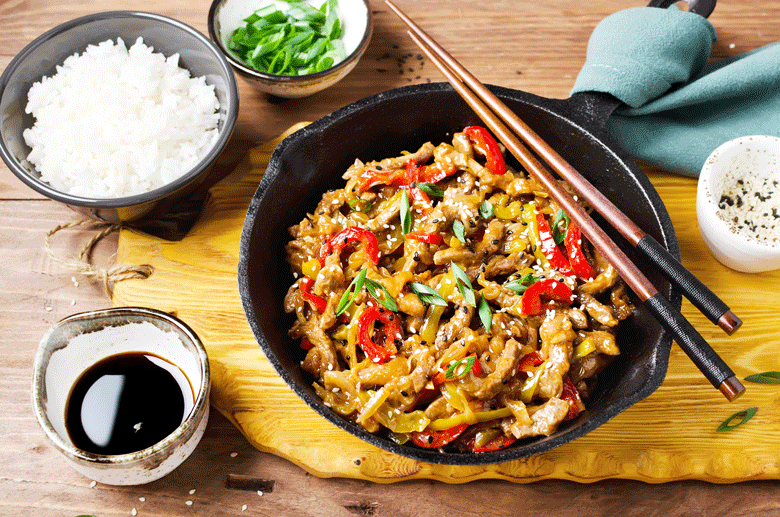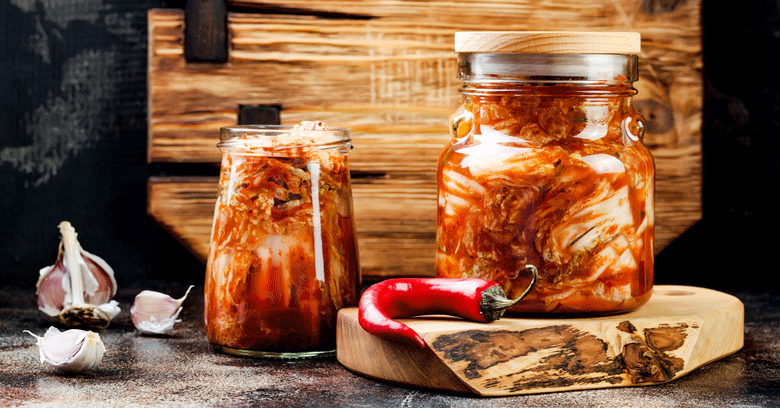 The Rich and Flavourful World of Kimchi
The Rich and Flavourful World of Kimchi
Kimchi, a traditional Korean dish, dates back to ancient Korea, with origins tracing back over 3,000 years. Historically, Koreans developed fermentation techniques to preserve vegetables during the harsh winter months. Over centuries, the recipe evolved, incorporating various vegetables, spices, and seasonings, resulting in the diverse range of kimchi varieties we see today. Each region in Korea has its unique kimchi recipe, reflecting local ingredients and traditions. The communal activity of making kimchi has become an integral part of Korean culture, celebrated annually during the kimjang season.
The allure of kimchi extends beyond its taste. It’s a dish steeped in history and tradition, representing a connection to ancient practices and communal lifestyles. The process of making kimchi, known as “kimjang,” is more than a culinary activity; it’s a cultural ritual that has been passed down through generations, fostering a sense of community and continuity. Each bite of kimchi carries with it the essence of Korean culture, blending the wisdom of the past with the vibrancy of the present.
The fermentation process that kimchi undergoes is a fascinating journey of transformation. Fresh, crunchy vegetables metamorphose into a tangy, spicy, and deeply satisfying delicacy. This process not only enhances the flavour but also imbues kimchi with probiotics, making it a powerhouse of health benefits. The unique balance of heat, sourness, and umami in kimchi makes it an exciting ingredient in both traditional and modern culinary creations.





 AKA Koon Po Chicken
AKA Koon Po Chicken flavours characteristic of Sichuan cuisine. Over time, Kung Pao Chicken became popular throughout
flavours characteristic of Sichuan cuisine. Over time, Kung Pao Chicken became popular throughout 
 were known for their lavish and flavourful
were known for their lavish and flavourful Creamy and rich
Creamy and rich



